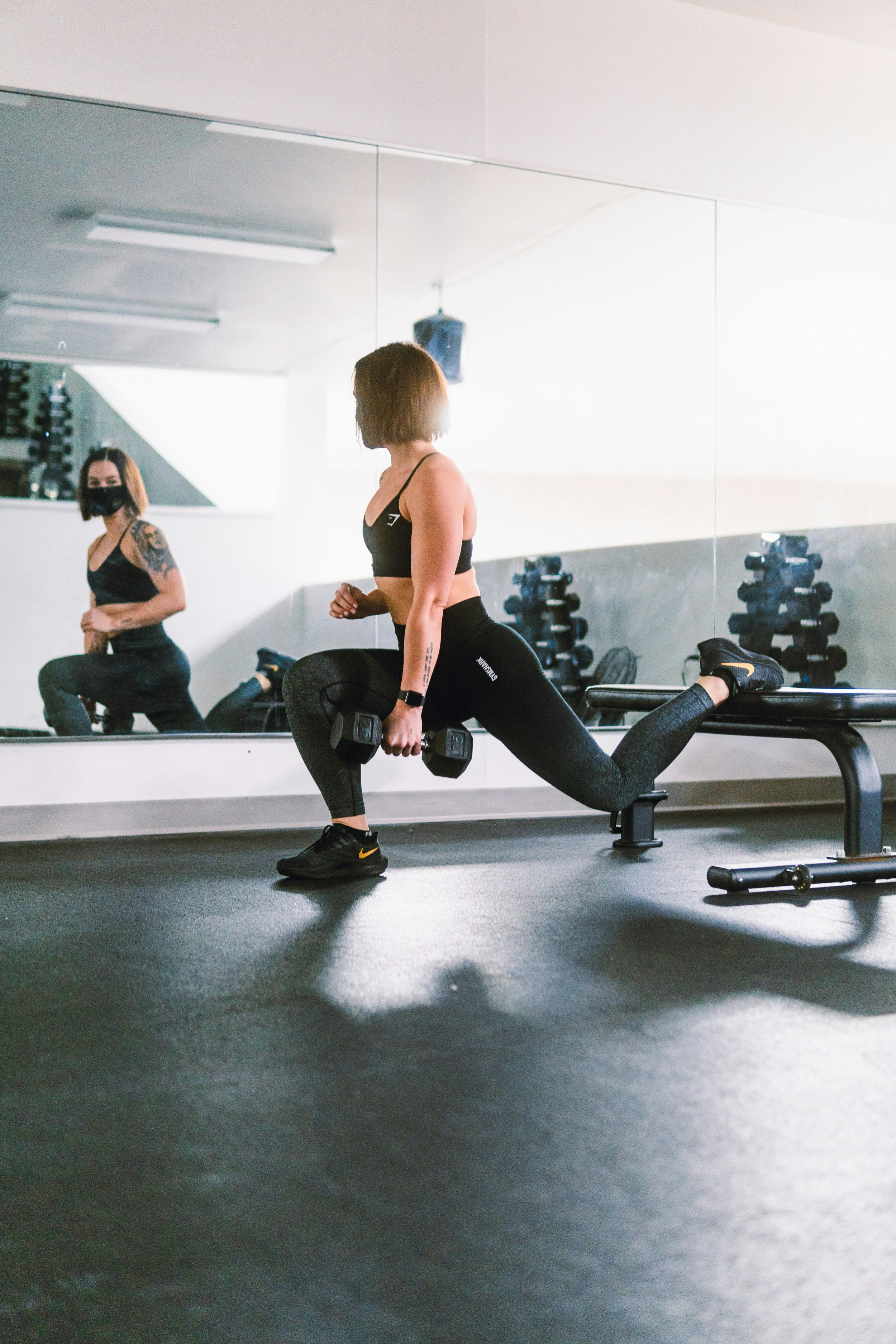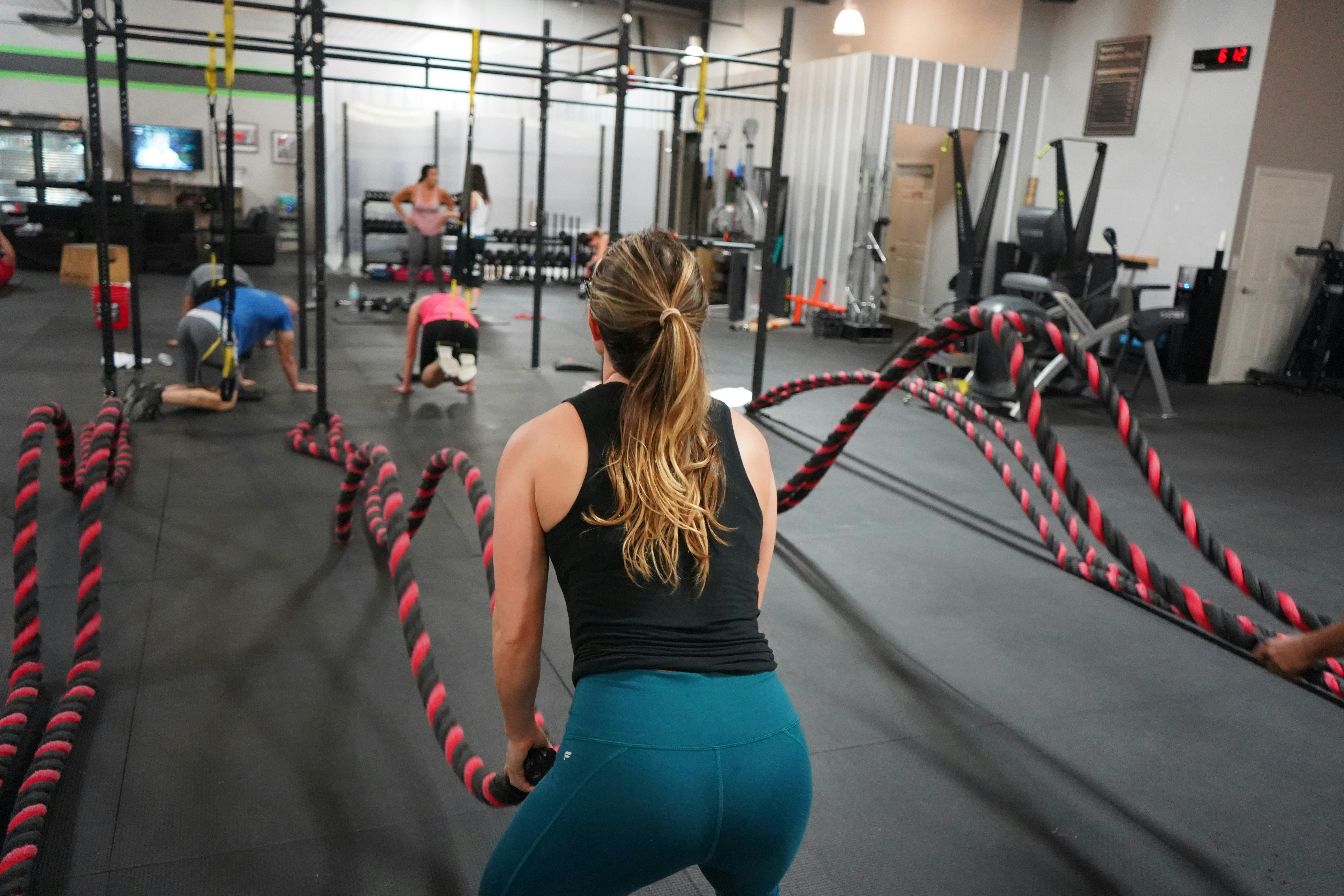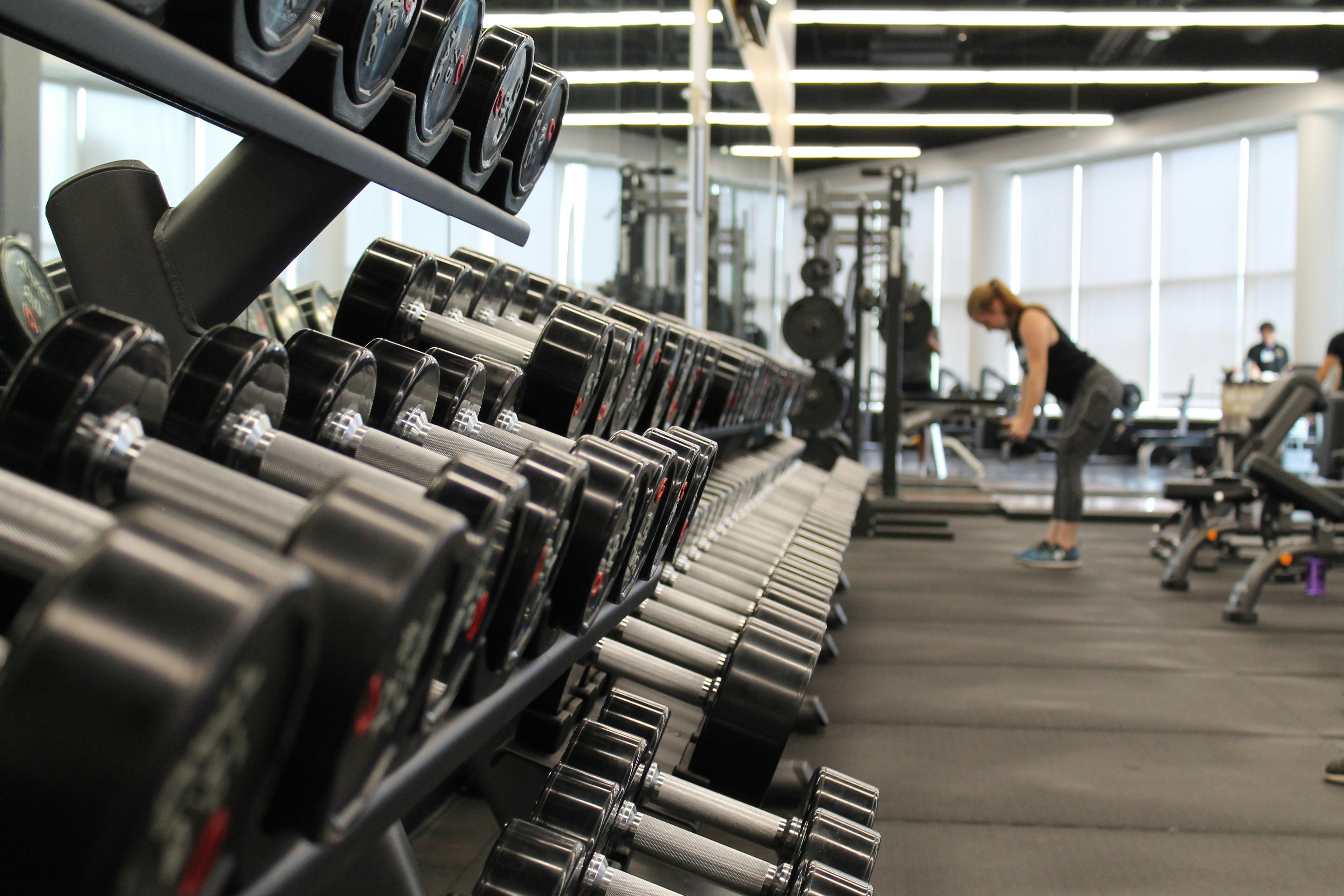Yoga and Fitness Combined: The Path to Mind-Body Balance

Yoga and Fitness Combined: The Path to Mind-Body Balance
"Yoga is the journey of the self, through the self, to the self." – Bhagavad Gita
Introduction
In today’s fast-paced world, balancing physical fitness with mental well-being is a constant challenge. Traditional fitness routines often focus on strength, endurance, or muscle mass, while yoga emphasizes flexibility, mindfulness, and stress reduction. However, combining the two can provide a holistic approach to fitness that nurtures both the body and the mind.
This article explores the benefits of combining yoga with traditional fitness training, such as strength training or cardio, and how this fusion can create a balanced, sustainable fitness routine. By integrating yoga with your fitness regimen, you not only build a stronger body but also promote mental clarity, relaxation, and emotional balance.
1. The Benefits of Yoga for Fitness Enthusiasts
While yoga is traditionally known for its spiritual aspects, its physical benefits are undeniable and can complement any fitness regimen. Incorporating yoga into your workout routine can help you become more flexible, strengthen your core, and improve overall body alignment.
1. Increased Flexibility and Mobility
One of the most obvious benefits of yoga is improved flexibility . Yoga poses involve deep stretching that can help lengthen muscles and improve range of motion. This is particularly beneficial for those who engage in weight training or high-intensity workouts, as it prevents tightness and reduces the risk of injury.
How It Helps:
- Increases joint flexibility, especially in the hips, shoulders, and back.
- Eases muscle tension that can build up from strength training or long periods of cardio.
- Improves posture, which is important for strength training exercises like squats and deadlifts.
2. Strengthens Core Muscles
While yoga may not seem as intense as weight training, it’s an excellent way to build core strength . Many yoga poses require you to engage your core muscles for stability and balance, which can translate to better performance in other fitness disciplines.
How It Helps:
- Yoga poses such as Plank , Boat Pose , and Side Plank activate the abdominal muscles, improving core strength.
- A strong core supports other fitness activities, including running, cycling, and lifting weights.
2. Mindfulness and Stress Reduction
One of the unique advantages of yoga is its focus on mindfulness and breathing . These aspects help reduce stress and improve mental clarity, which can enhance your physical performance and recovery.
1. Reduced Stress and Anxiety
Yoga emphasizes slow, controlled movements combined with deep breathing techniques. This helps activate the parasympathetic nervous system, promoting relaxation and reducing stress.
How It Helps:
- Engaging in yoga regularly can lower cortisol levels (the stress hormone) and promote a sense of calm.
- By incorporating breathing exercises such as Pranayama into your routine, you can learn to control your stress and manage anxiety.
2. Improved Mental Focus
Yoga encourages concentration and mindfulness, which can translate to better focus during workouts and in daily life. Learning to be present in the moment during a yoga session enhances mental clarity, which can improve your ability to focus on your form and performance during other fitness activities.
How It Helps:
- Mental clarity gained from yoga can lead to a stronger mind-body connection during weight lifting or cardio.
- Yoga’s meditative aspect helps quiet the mind, making it easier to concentrate on tasks at hand.
3. Injury Prevention and Recovery
Whether you’re an athlete or someone simply trying to stay fit, injury prevention is key. Traditional fitness routines often place stress on specific muscle groups, which can lead to overuse injuries. Yoga can help counterbalance this by improving flexibility, mobility, and muscle recovery.
1. Prevents Overuse Injuries
Yoga enhances balance and helps correct postural misalignments that can lead to chronic injuries. Regular practice increases muscle length and joint mobility, which can mitigate the risk of muscle strains, ligament sprains, and joint pain that may occur from repetitive movements in traditional fitness routines.
How It Helps:
- Poses like Downward Dog and Warrior Pose stretch and strengthen the hamstrings, calves, and hips, reducing the risk of tightness and injury.
- Yoga’s emphasis on body awareness can improve posture and technique in strength training, preventing injuries caused by poor alignment.
2. Speeds Up Recovery
Yoga's restorative postures can aid in muscle recovery by improving circulation and reducing inflammation. Incorporating yoga into your cool-down routine can promote muscle relaxation and decrease soreness.
How It Helps:
- Restorative yoga poses, such as Child’s Pose and Legs Up the Wall , help relax the nervous system and reduce muscle tension after intense workouts.
- Yoga increases blood flow to muscles, speeding up the delivery of nutrients needed for muscle repair.
4. How to Combine Yoga with Fitness
Integrating yoga into your fitness routine doesn’t require a drastic overhaul—it’s about finding a balance. Here are some practical ways to combine both practices effectively:
1. Use Yoga as a Warm-Up or Cool-Down
If you’re lifting weights or doing intense cardio, consider incorporating yoga as part of your warm-up or cool-down routine.
How It Helps:
- Warm-up : Gentle yoga stretches can loosen tight muscles and prepare your body for exercise.
- Cool-down : End your workout with yoga postures that target areas you worked, such as the hamstrings, back, and shoulders. This will help prevent muscle tightness and improve flexibility.
2. Add Yoga Sessions to Your Weekly Routine
If you’re following a rigorous workout routine, add 1–2 yoga sessions per week to complement your training. This can be a dedicated yoga class or a self-guided session focusing on flexibility, mobility, and relaxation.
How It Helps:
- Balance intensity : Alternate between high-intensity workouts and gentler yoga sessions to allow your body to recover.
- Reduce stress : Yoga can help ease the tension caused by intense workouts and provide a mental break.
3. Focus on Specific Yoga Poses for Fitness Goals
Depending on your fitness goals, you can tailor your yoga practice to target specific areas of your body or aspects of your fitness. For example, if your goal is to build strength, focus on yoga poses that require you to engage your muscles, like Plank , Chaturanga , or Chair Pose .
How It Helps:
- Strength training : Incorporating poses that target the legs, core, and upper body can complement strength-building exercises.
- Flexibility : Poses that focus on the hips, hamstrings, and shoulders can enhance mobility and prevent tightness from weight training.
5. The Mind-Body Connection
Ultimately, the combination of yoga and fitness provides a holistic approach to health, addressing both the body and the mind. Yoga offers a platform for mental clarity, self-awareness, and emotional well-being, while fitness builds strength, endurance, and physical vitality.
1. Holistic Health Benefits
By merging the physical intensity of fitness with the mental and emotional benefits of yoga, you create a well-rounded routine that supports both your mental and physical health.
How It Helps:
- Mental resilience : Yoga teaches mindfulness, which can help you push through mental barriers during workouts.
- Body confidence : Both yoga and fitness encourage body awareness, helping you appreciate what your body can do and fostering a positive self-image.
Conclusion
The combination of yoga and traditional fitness creates a powerful, balanced approach to health that nurtures both the body and mind. Yoga’s focus on flexibility, mindfulness, and recovery can complement strength training, cardio, and other fitness activities, providing a holistic fitness routine that leads to sustainable progress, injury prevention, and emotional well-being.
Incorporating yoga into your fitness regimen can help you achieve better physical results while promoting mental clarity and reducing stress. By focusing on the mind-body connection, you can create a balanced, well-rounded approach to fitness that supports your goals and overall health.
"Yoga is not about touching your toes, it’s about what you learn on the way down." – Jigar Gor
References
- Reddy, S. (2013). The Yoga Bible . DK Publishing.
- Hatha, H. (2016). Yoga Anatomy . Human Kinetics.
- Gharote, M. L. (2019). The Yoga of Strength Training . Yoga Journal.




